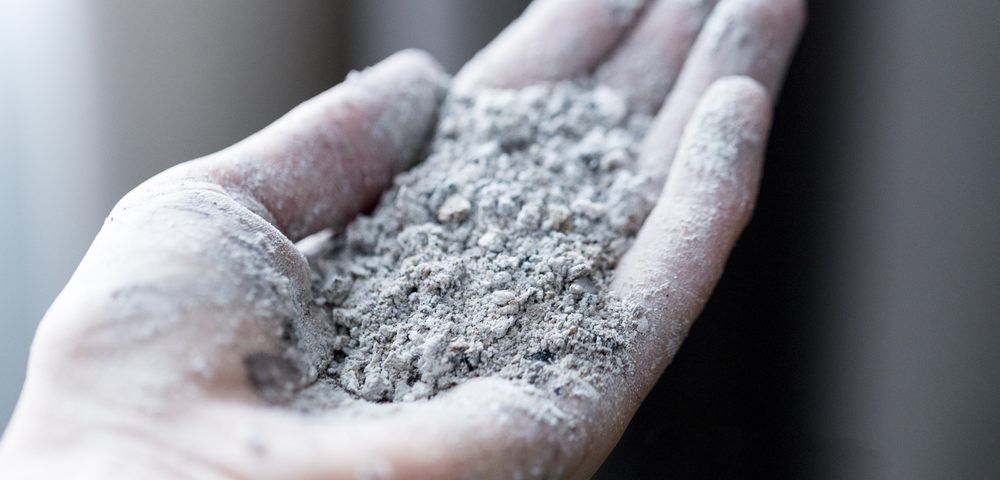Dust Exposure, PTSD Linked to 9/11 Attacks May Raise Risk of Lupus, Other Autoimmune Diseases, Study Finds

Exposure to dust and having post-traumatic stress disorder (PTSD) as a result of the 9/11 terrorist attacks in New York are associated with an increased risk of developing autoimmune diseases such as systemic lupus erythematosus, a study reports.
This finding highlights the need for better monitoring of the health of disaster survivors over time, the scientists said.
The study, “Systemic autoimmune disease among adults exposed to the September 11, 2001, terrorist attack,” was published in the journal Arthritis & Rheumatology.
Systemic autoimmune diseases (SAIDs) are conditions in which the immune system attacks healthy tissue throughout the body. Typically, they do not have a clear cause, as both genetics and environmental factors play a role.
During the attack on 9/11 and subsequent recovery efforts, many people were exposed to large quantities of dust, some of the components of which have known links to SAIDs. In addition, several people who experienced the attack later developed PTSD, which has also been associated with these diseases.
Due to this, researchers in New York wanted to evaluate the frequency of SAIDs in 9/11 survivors.
They used data from the World Trade Center Health Registry, which collects medical data of responders and community members who were in some way exposed to the hazards connected to 9/11.
In the most recent survey of registry participants from 2011–2012, 2,786 people self-reported being diagnosed with a SAID after 9/11. In May 2014, the researchers sent follow-up surveys and requests to participants to assess whether they had received their diagnosis from a clinician.
Ultimately, the team identified 118 adults with a confirmed SAID, with the most common being rheumatoid arthritis (71 people), Sjogren’s syndrome (22), and SLE (20). Mixed connective tissue disease (seven) and scleroderma (four) were less common. Additionally, 12% of the participants had more than one SAID after 9/11.
Compared with people who did not report any SAID, those with these disorders were significantly more likely to be female (48% vs. 21% in responders; 86% vs. 53% in community members) and older (55 vs. 51 years in responders; 54 vs. 51 years in community members).
Among community members, a significantly higher portion of those with an SAID than without had PTSD (40% vs. 15%).
The researchers then developed statistical models to identify factors associated with a significantly increased risk of developing a SAID.
Women were at higher risk across all models, with an up to five times greater likelihood of developing a SAID than men. Immune system differences and changes to accommodate pregnancy are among the proposed explanations for the more frequent occurrence of these disorders in women.
Older age was also associated with an increased SAID risk, though this was only significant among responders. In contrast, no such links were found when analyzing race or smoking status.
Among responders, the SAID risk was 86% higher in those who experienced intense dust cloud exposure. In contrast, PTSD was not associated with an altered risk.
But in community members who did not show a greater SAID risk with dust exposure, PTSD was associated with a 2.8 times higher likelihood of having such diseases.
Yet, when the researchers focused only on community members without PTSD, they found a significant risk of having a SAID linked to dust cloud exposure. This may indicate that PTSD plays “a potential mediating or modifying role” in the development of SAIDs following disaster, the scientists wrote.
“Systemic autoimmune diseases are associated with exposure to 9/11-related dust and debris and PTSD,” they added.
This finding, they further said, “demonstrates the need to monitor the health of populations affected by a disaster over the long term.”





